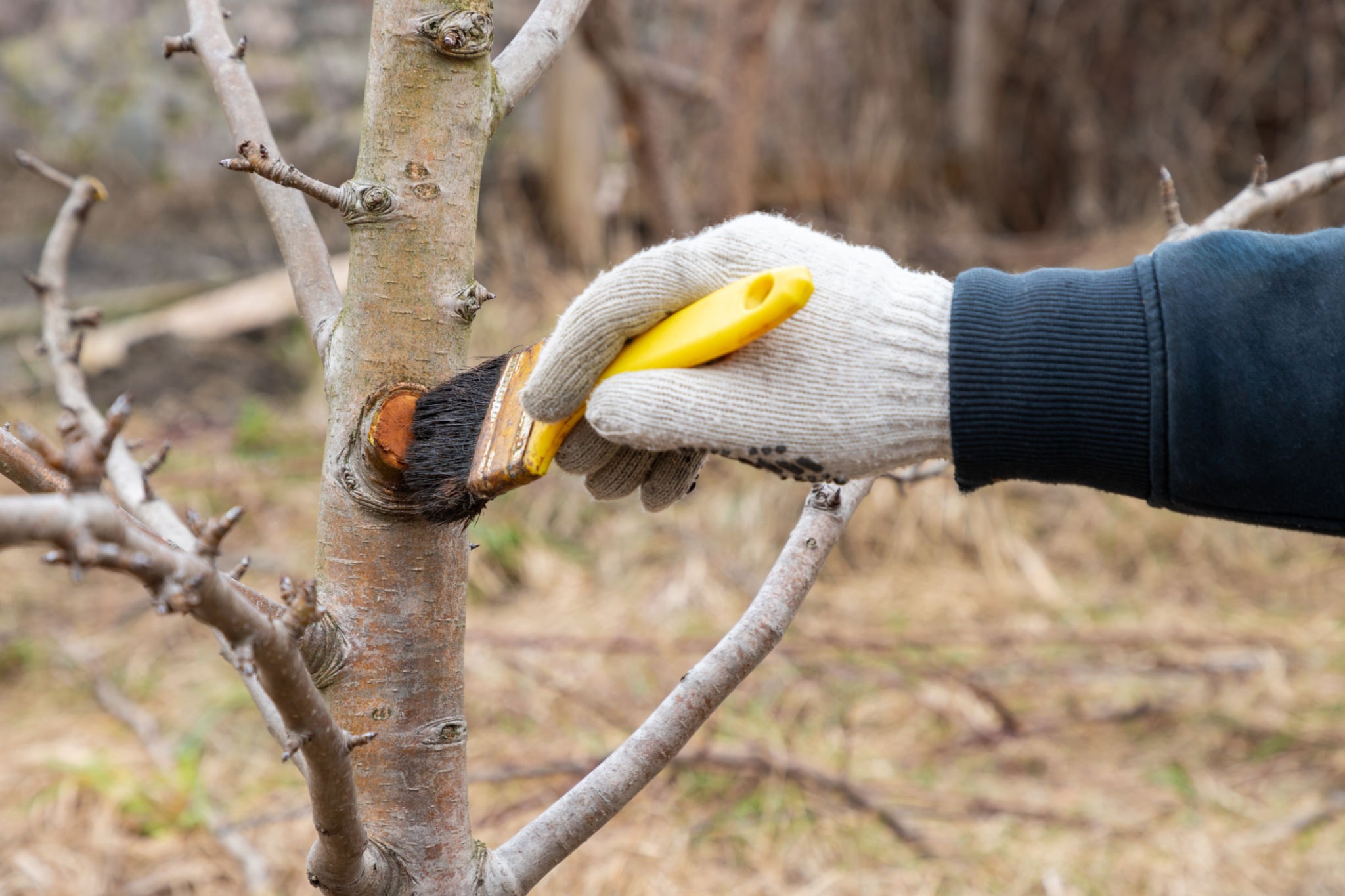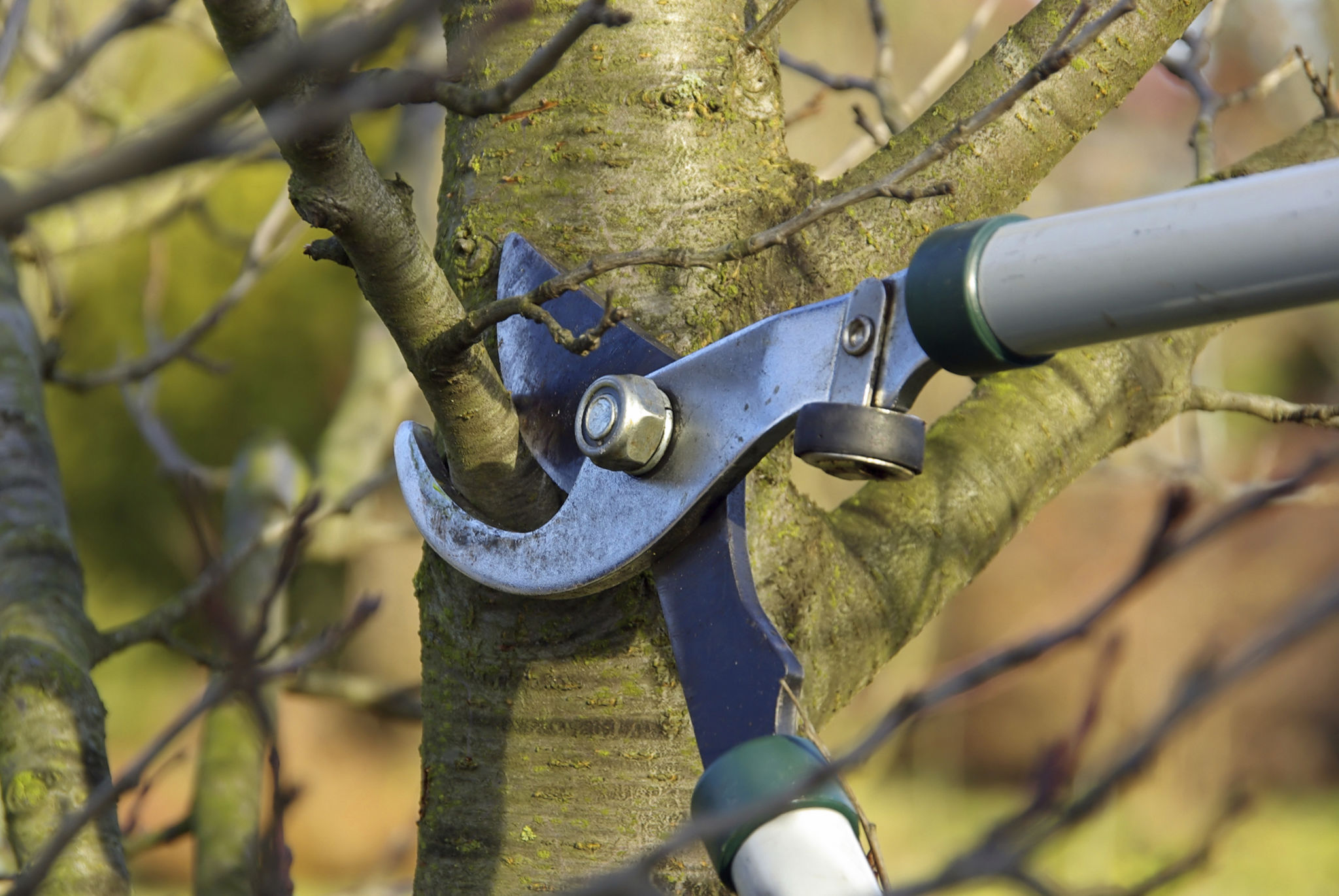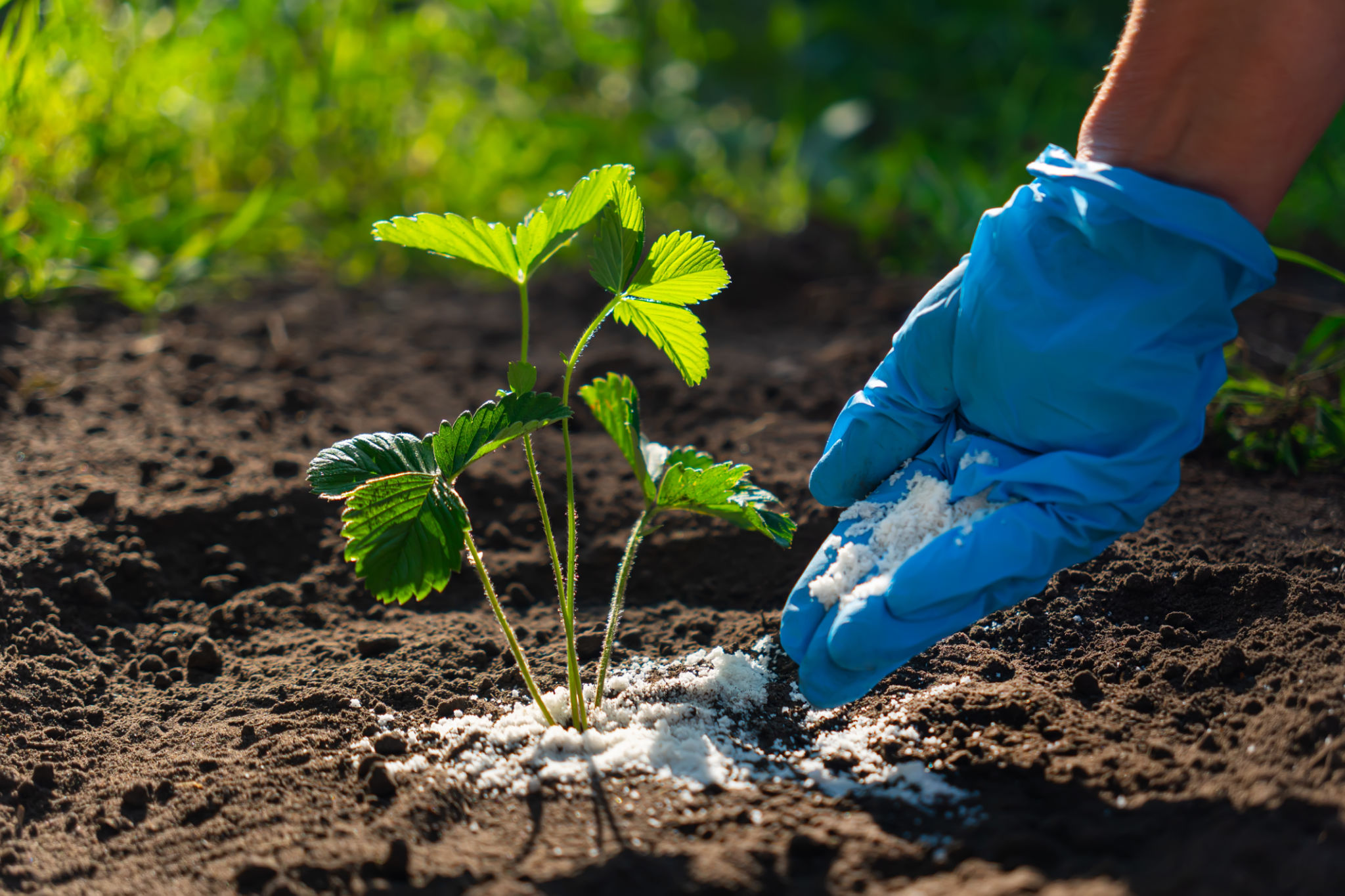Common Misconceptions About Tree Care: Expert Insights
Understanding Tree Care Misconceptions
Tree care is often misunderstood, leading to practices that can harm rather than help these vital components of our ecosystem. It's important to dispel these myths to ensure trees receive the care they need to thrive. Here, we explore some common misconceptions and provide expert insights to guide you in proper tree maintenance.

Myth: Trees Don't Need Pruning
Many people believe that trees can manage without any pruning, assuming nature will take care of everything. However, pruning is essential for maintaining tree health and safety. Regular pruning helps remove dead or diseased branches, reducing the risk of falling limbs and promoting new growth. It's a proactive measure to ensure trees remain healthy and strong.
Pruning should be done with care and knowledge. Incorrect pruning can cause more harm than good, leading to weak branch structures or disease entry points. Consulting with a certified arborist is often the best approach to ensure your trees are pruned correctly.
Myth: All Trees Need Fertilizer
Another common misconception is that all trees require regular fertilization. In reality, many trees can thrive without additional nutrients, particularly when they are planted in nutrient-rich soil. Over-fertilizing can lead to excessive growth, increased vulnerability to pests, and even environmental pollution.

It's crucial to assess each tree's needs individually. Factors such as soil quality, tree species, and environmental conditions play a significant role in determining whether fertilization is necessary. A soil test can provide valuable insights into what nutrients are lacking or abundant in your soil.
Myth: Topping Is a Safe Way to Reduce Tree Size
Topping, or the indiscriminate cutting back of tree branches, is often mistakenly seen as a safe method for size reduction. However, this practice can severely damage trees, leading to a weakened structure and increased susceptibility to disease. Topping should be avoided at all costs.
Instead of topping, consider alternative methods such as crown reduction or thinning, which can effectively manage tree size while maintaining its health and structural integrity. These techniques require expertise, so consulting a professional is advisable.

Myth: New Trees Don't Require Watering
There's a belief that newly planted trees don't need much watering since they are naturally adapted to survive on their own. In truth, young trees require consistent watering to establish deep roots and grow healthy. A lack of water can lead to stunted growth and even death.
A good rule of thumb is to water deeply but infrequently, allowing the soil to dry out slightly between waterings. This encourages roots to grow deeper in search of moisture, resulting in a more robust and drought-resistant tree.
Conclusion: Caring for Trees the Right Way
Understanding and addressing these common misconceptions is key to providing effective tree care. By recognizing the importance of proper pruning, assessing individual nutrient needs, avoiding harmful practices like topping, and ensuring adequate watering for young trees, you can help maintain healthy and thriving trees in your landscape.
Trees are invaluable assets to our environment and communities. By adopting informed and responsible tree care practices, we contribute positively to their health and longevity.